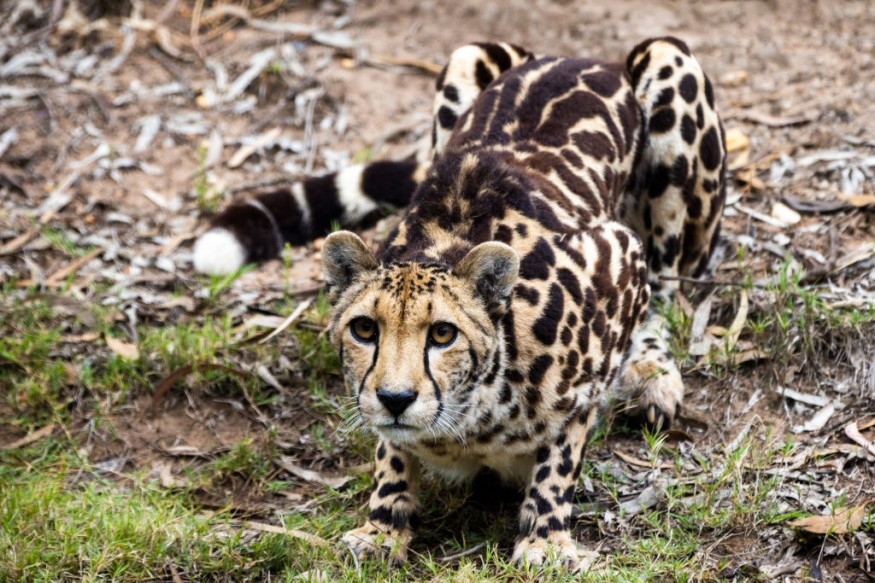
A park official report recently spotting a cheetah for the first time in 42 years on a gravel road in Eswatini, Africa. Before this unexpected occurrence, it was believed that cheetahs were extinct in the region.
Locally Extinct Cheetah in Eswatini, Africa
A park ranger was caught in unexpected traffic while traveling along a dirt road in Eswatini, Africa. In front of him was a famous wild cat that had been thought to be extinct in the area for 42 years. The "rare" cheetah was observed on Saturday, September 16, by Park Warden Sonnyboy Mtsetfwa while driving through the Mlawula Nature Reserve, according to Thulani Methula, the Eswatini National Trust Commission director of parks.
Driver spots iconic wild cat — considered locally extinct for 42 years — along road https://t.co/D5A7uZTNx1
— Black Gloves Lady (@BlackGlovesLady) September 23, 2023
The cheetah may be seen in pictures moving forward of a white automobile down a muddy road. It looks to be scanning the area as it moves. The cat almost appears to be gazing towards the car in one image.
Officially, cheetahs did not exist in the nation when the Mlawula Nature Reserve was formed in 1976, according to the Eswatini National Trust Commission. In 1981, cheetahs were brought back into the park as a mating pair, however, it is believed that they have not yet established a territory there.
The latest cheetah sighting in Eswatini occurred in "late 1981," according to park officials. It was thought that the reintroduction had failed. This is no longer the case.
The cheetah that Mtsetfwa rediscovered is thought to be a member of a family that resides in the park and is linked to the breeding couple that was reintroduced. Officials stated that they are working to confirm this by deploying other camera traps in the vicinity of the encounter.
Cheetahs
The cheetah, the fastest land mammal, are slender cat that has a top speed of 60 to 70 mph. They are iconic wild cats found worldwide, according to Eswatini officials, but listed as vulnerable and experiencing population declines. However, the population of cheetahs is few in Africa. Cheetahs probably barely remain in 6% of their former habitat in eastern Africa.
Cheetahs are locally extinct in Eswatini, previously Swaziland, a small nation in southern Africa, for 42 years. To the east is Mozambique, and to the south, west, and north is South Africa. The Eswatini-Mozambique border is close to the Mlawula Nature Reserve.
Wild population survival is at risk from illegal trade. Cheetahs are captured illegally, sold live to the exotic pet trade, and even poached for their skin. East Africa is the region where unlawful live trafficking is the most probable cause to have a negative impact on wild populations. Although the precise origin of the trafficking is unknown, data gathered from interdictions and dialogue with traders indicates that cheetahs are occasionally taken from areas outside of Somalia, such as sections of Ethiopia and Kenya.
Also when cheetahs attack livestock as a result of a decrease in their natural prey, farmers often kill the livestock in reprisal, which leads to conflict between the two species.
Related Article : Heatwave Kills Cheetah Cubs Said to End Extinction of Species in India
© 2025 NatureWorldNews.com All rights reserved. Do not reproduce without permission.





